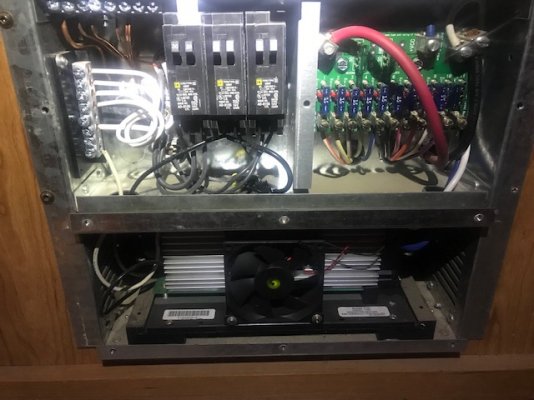Rob&Deryl
Well-known member
On the trailer I just bought, when pawing through the basement, I found what must be the original, dead, converter. It is a ?55 amp? though it has 35 amp fuses ?
Since it was replaced under warranty, I assume the dealer put the same thing back.
I was thinking I might put in a more modern advanced converter with the 3 stage charging to prolong the life of the AGM batteries I plan to install in the spring.
So, I assume the converter is somewhere behind the electric panel? The trailer is a Grand Design 337rls.
Anyone here done this? Suggestions?
Since it was replaced under warranty, I assume the dealer put the same thing back.
I was thinking I might put in a more modern advanced converter with the 3 stage charging to prolong the life of the AGM batteries I plan to install in the spring.
So, I assume the converter is somewhere behind the electric panel? The trailer is a Grand Design 337rls.
Anyone here done this? Suggestions?

